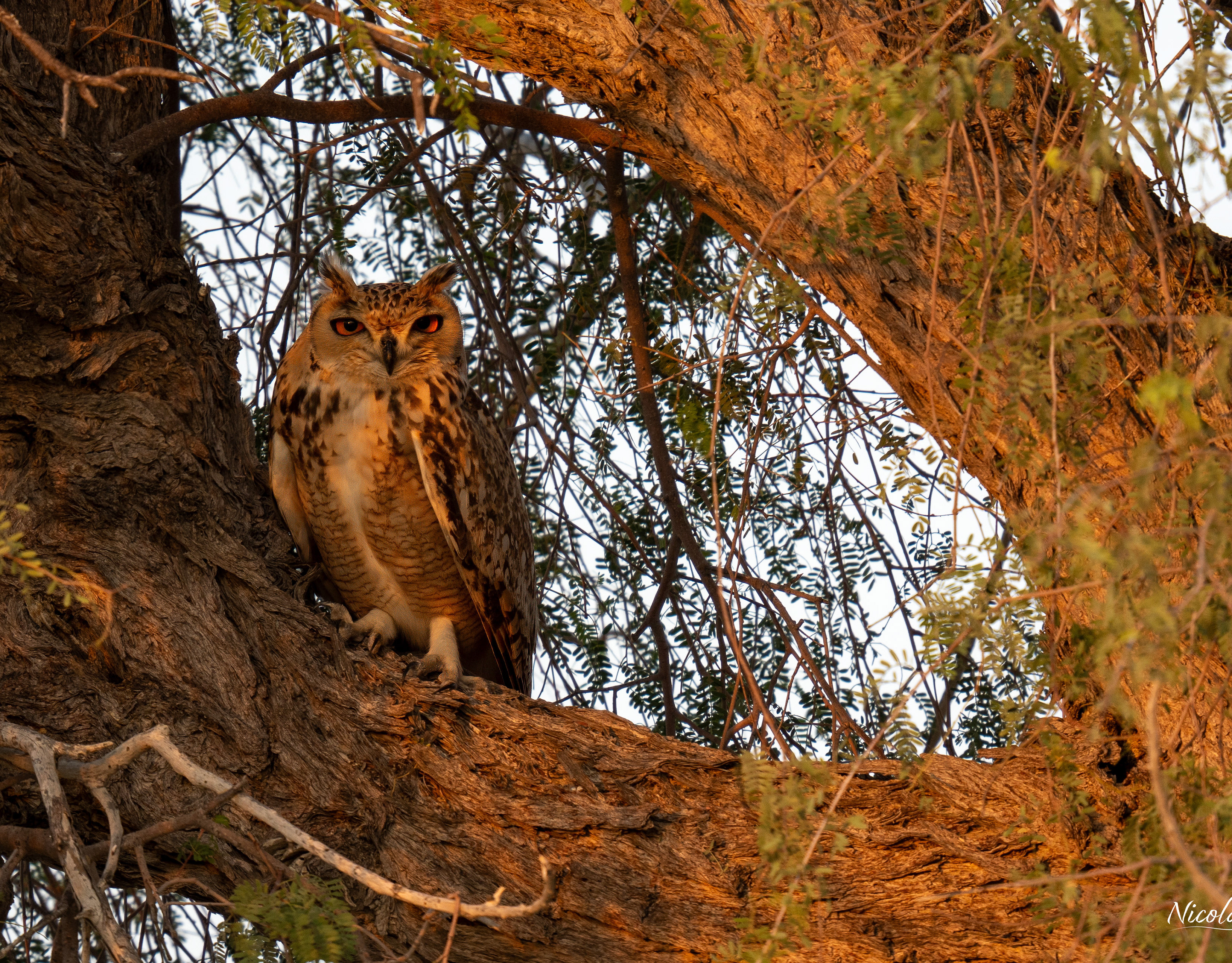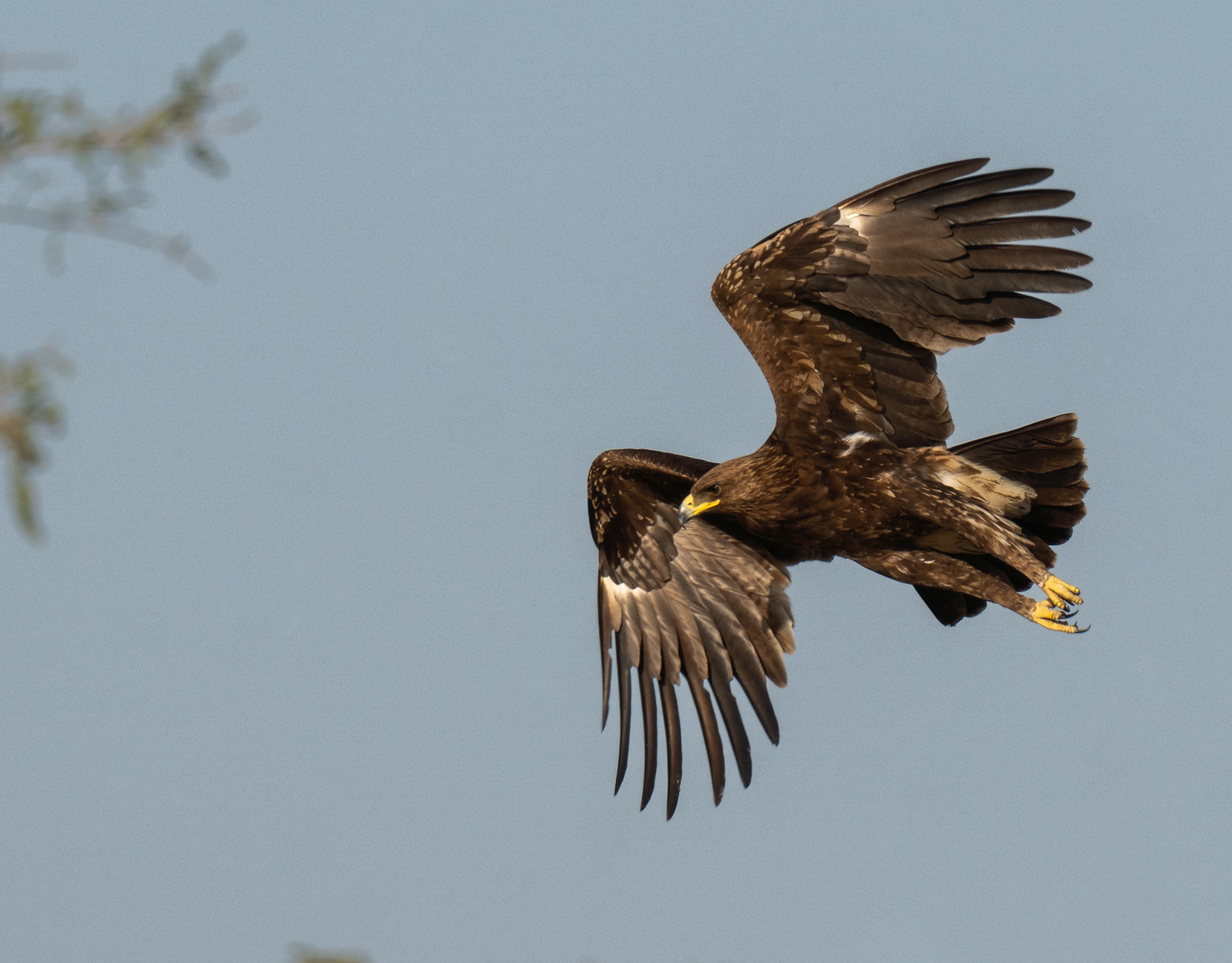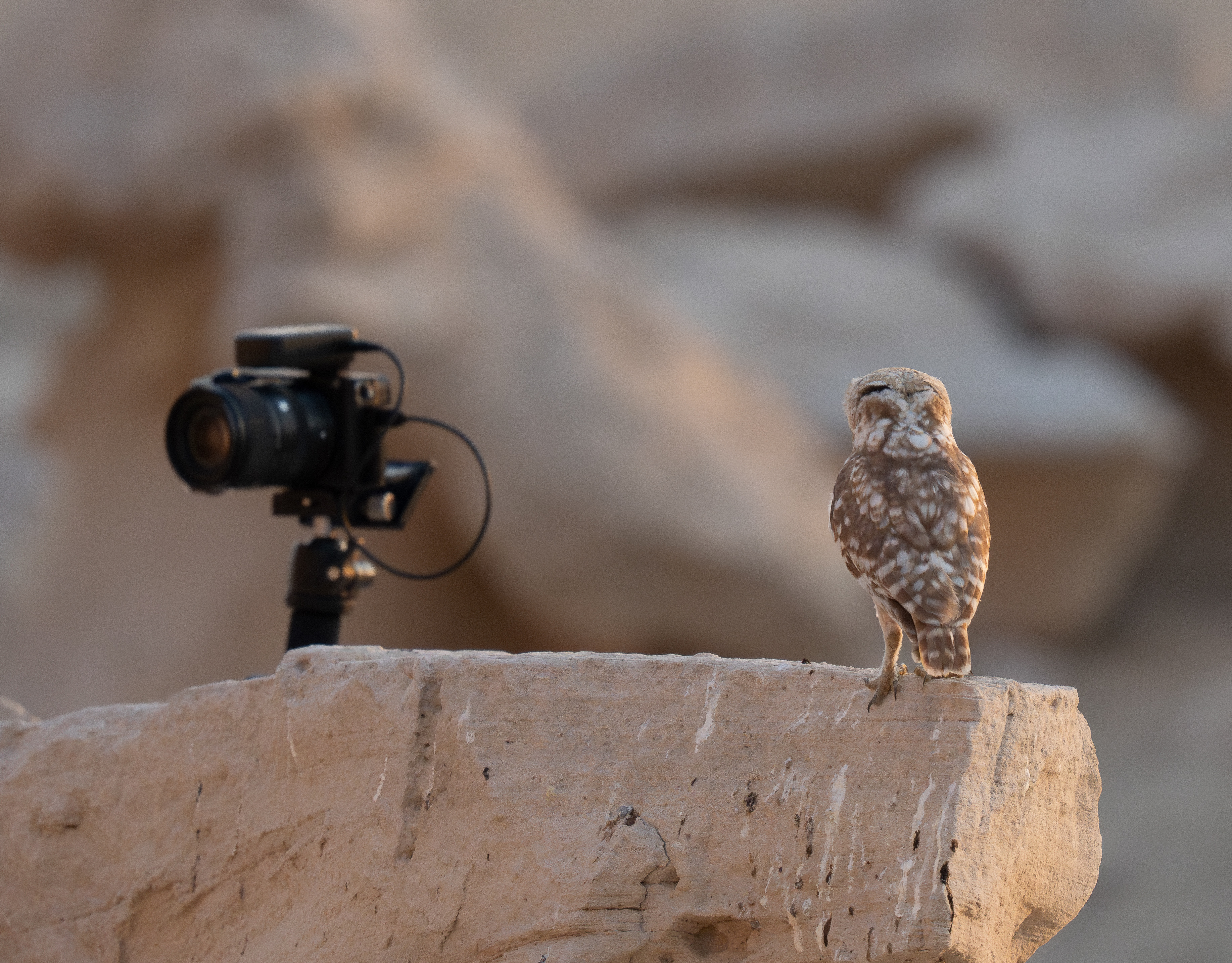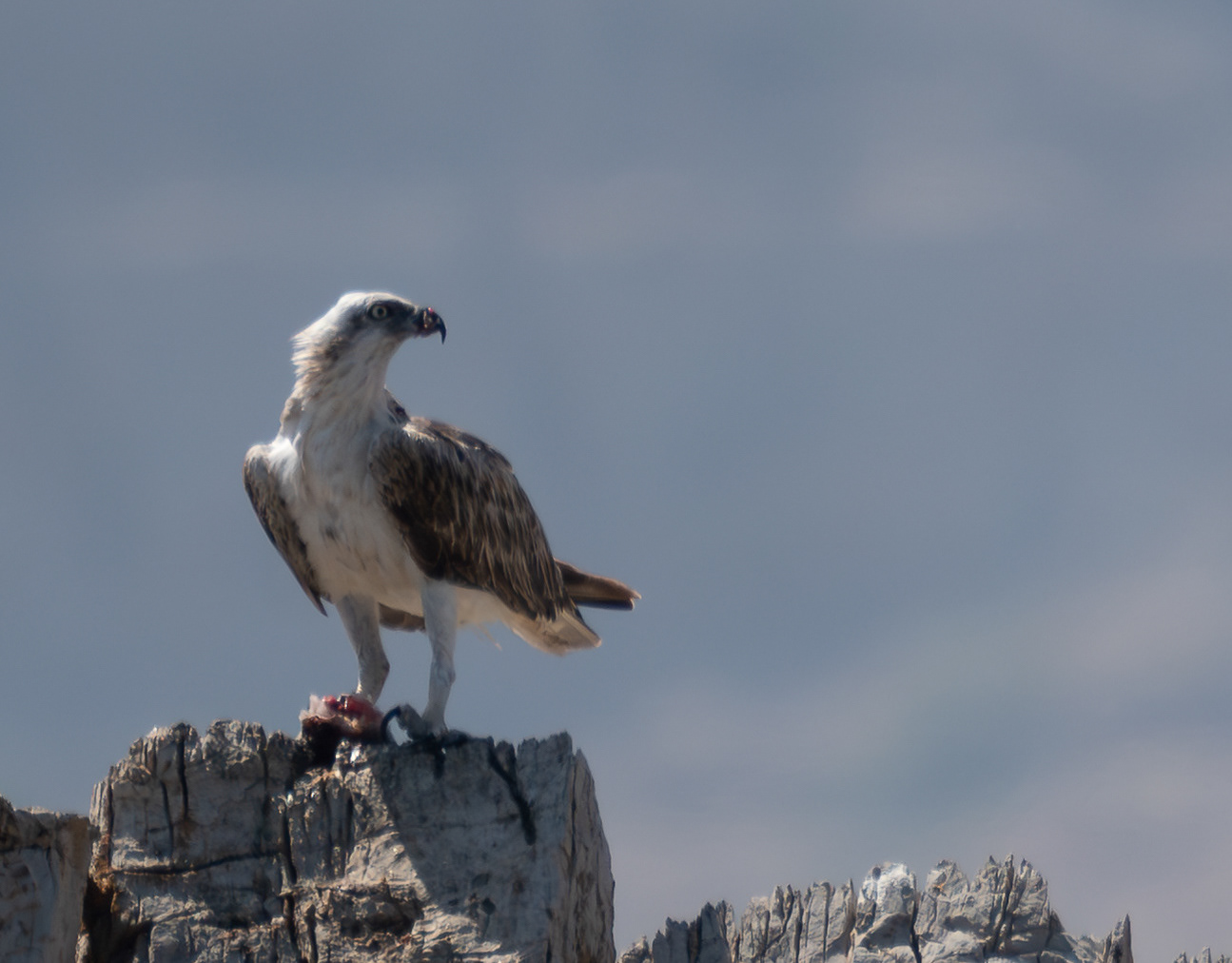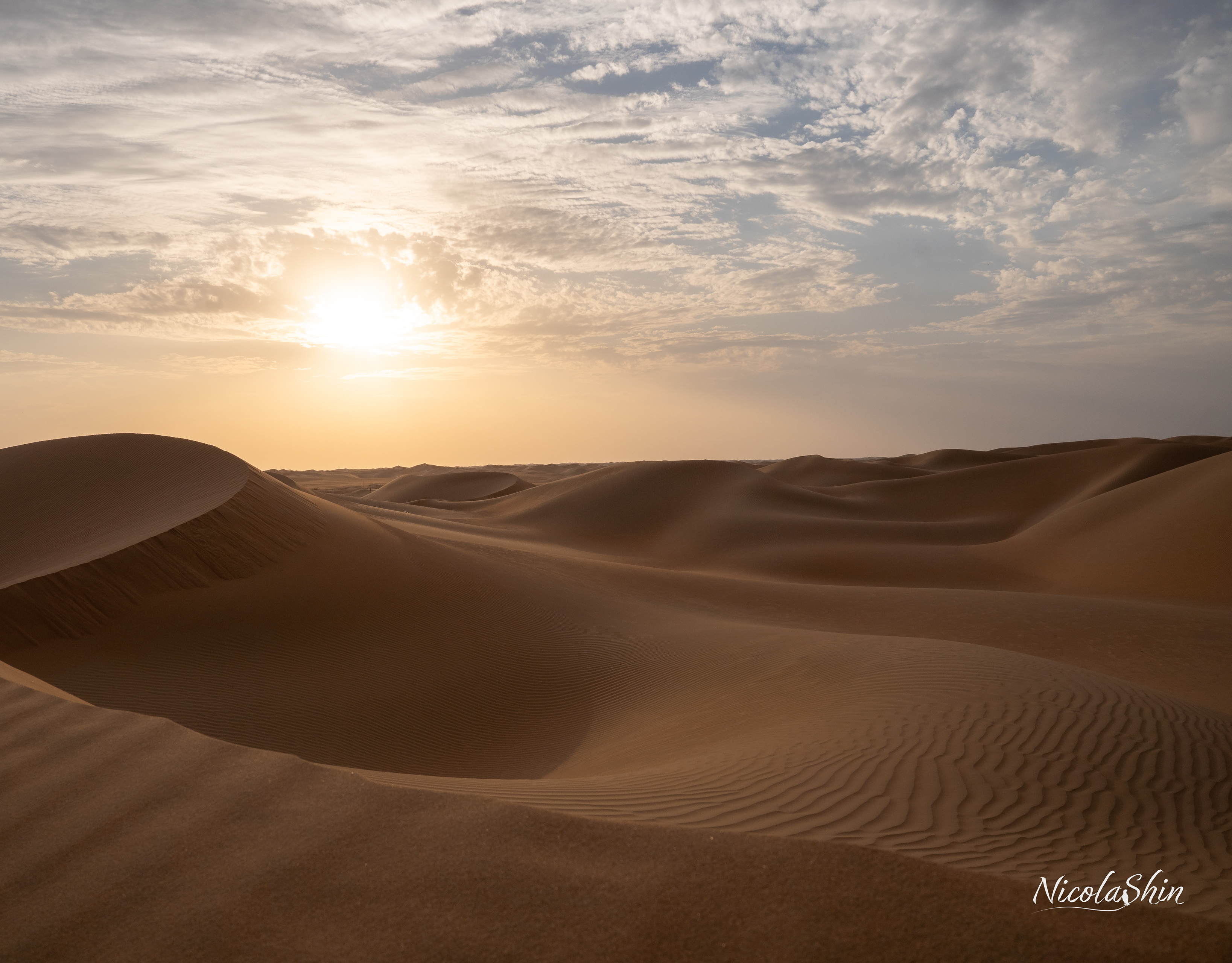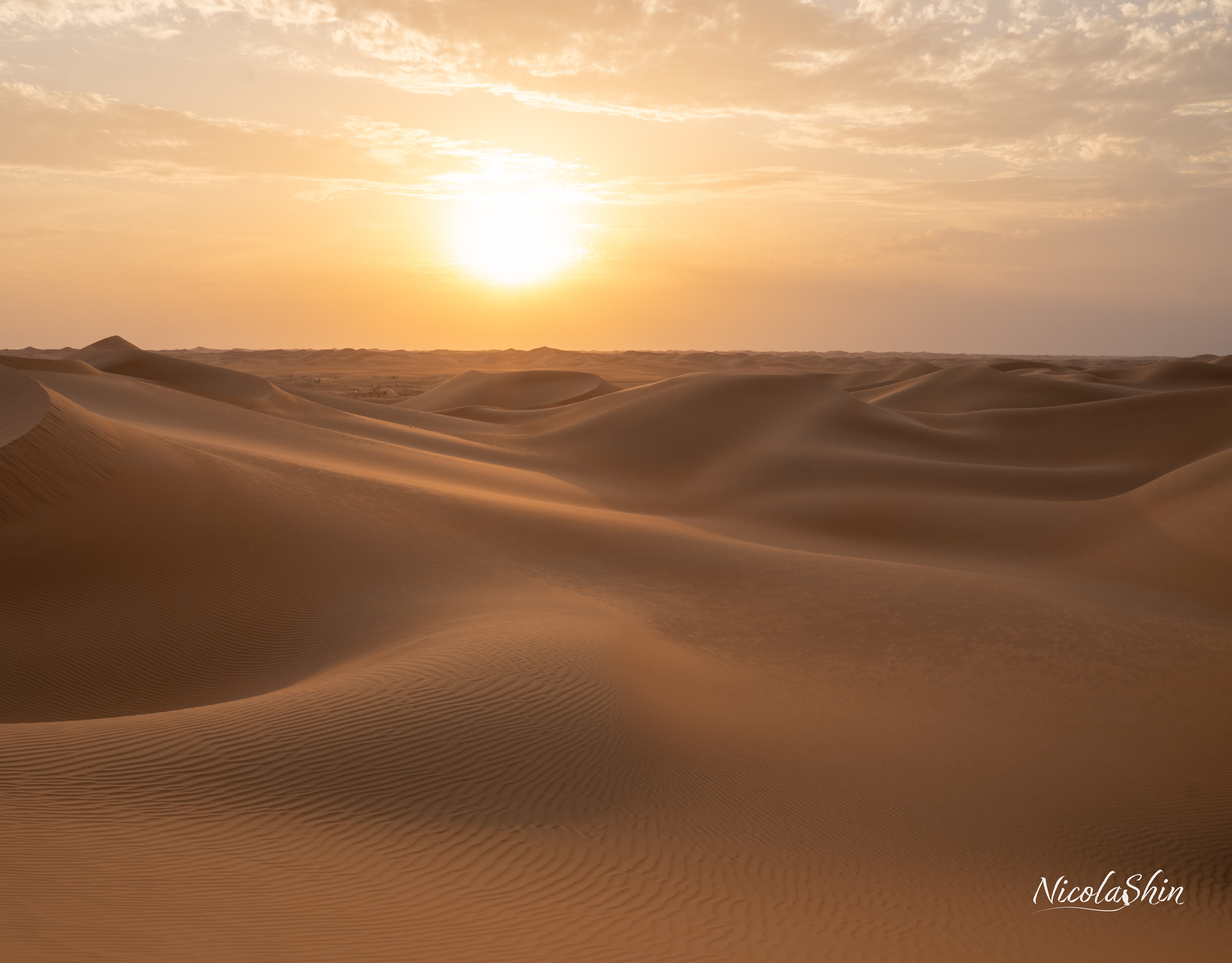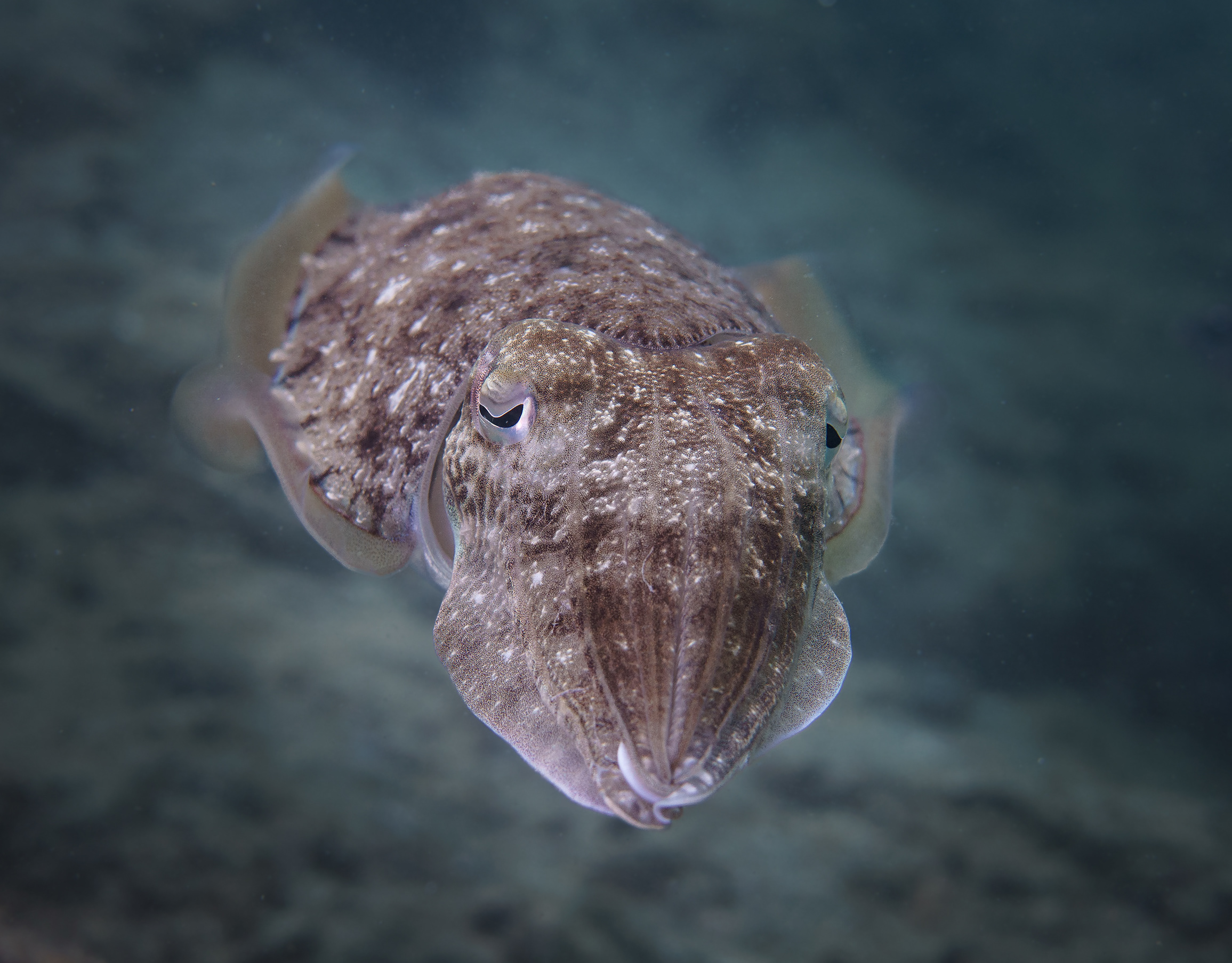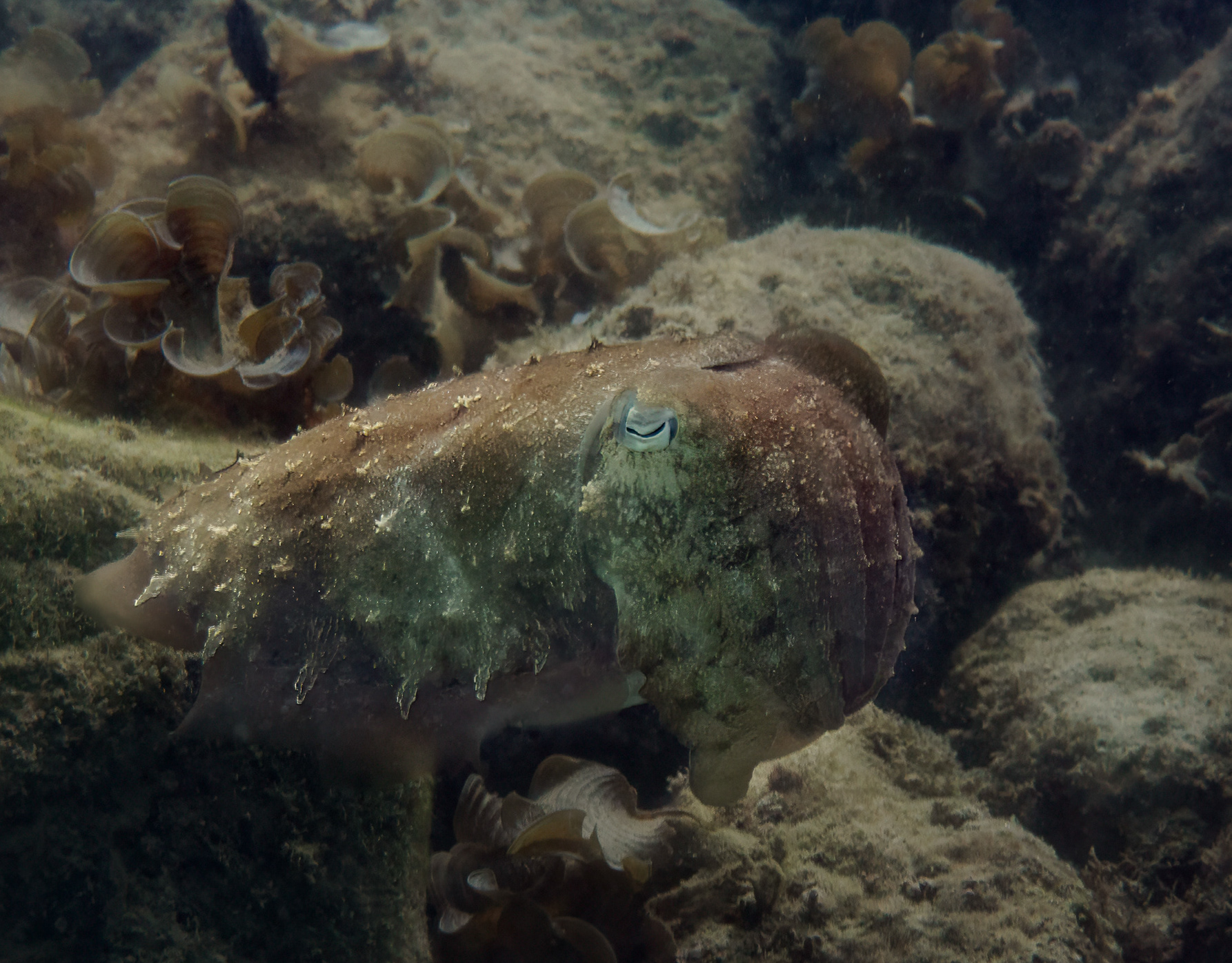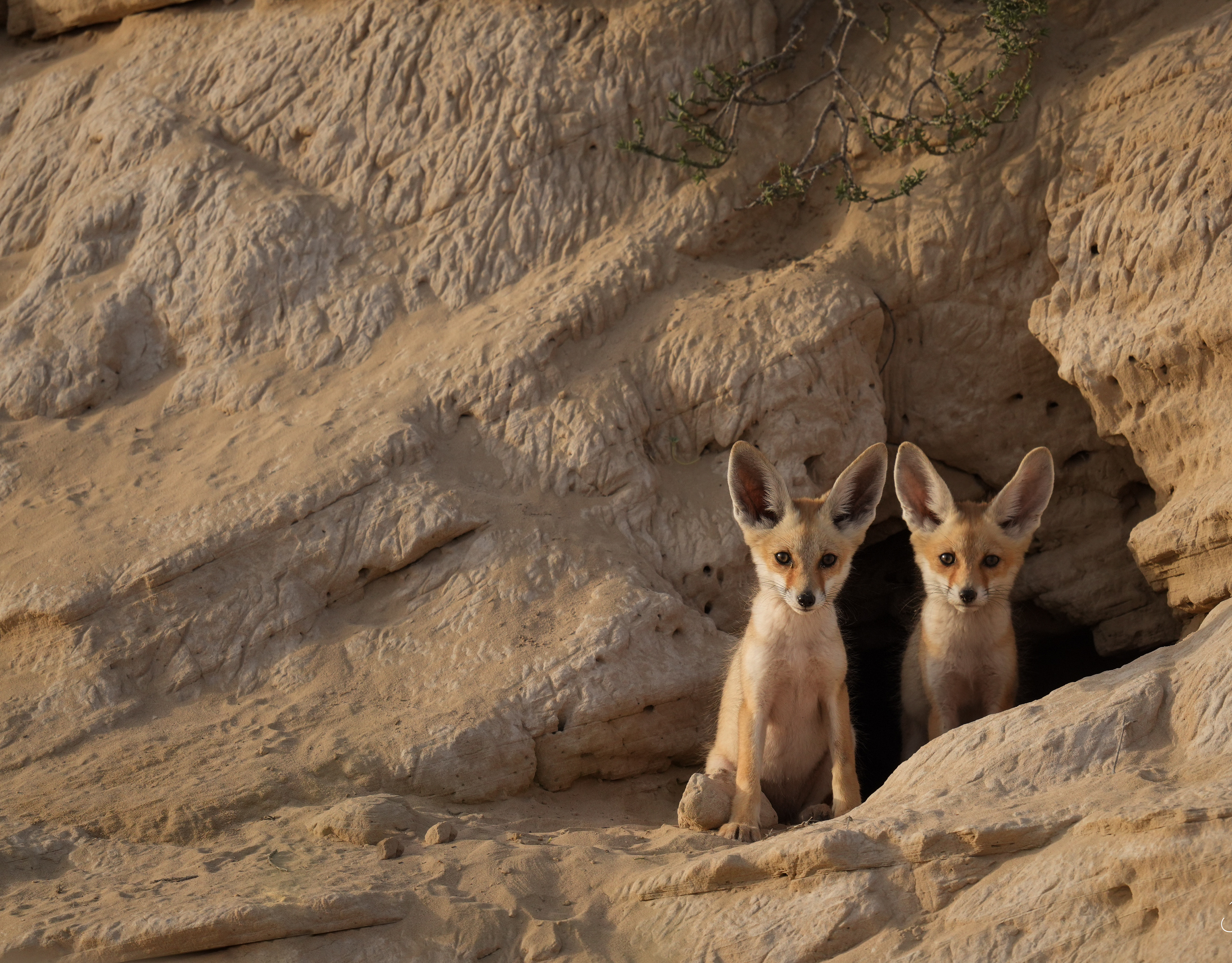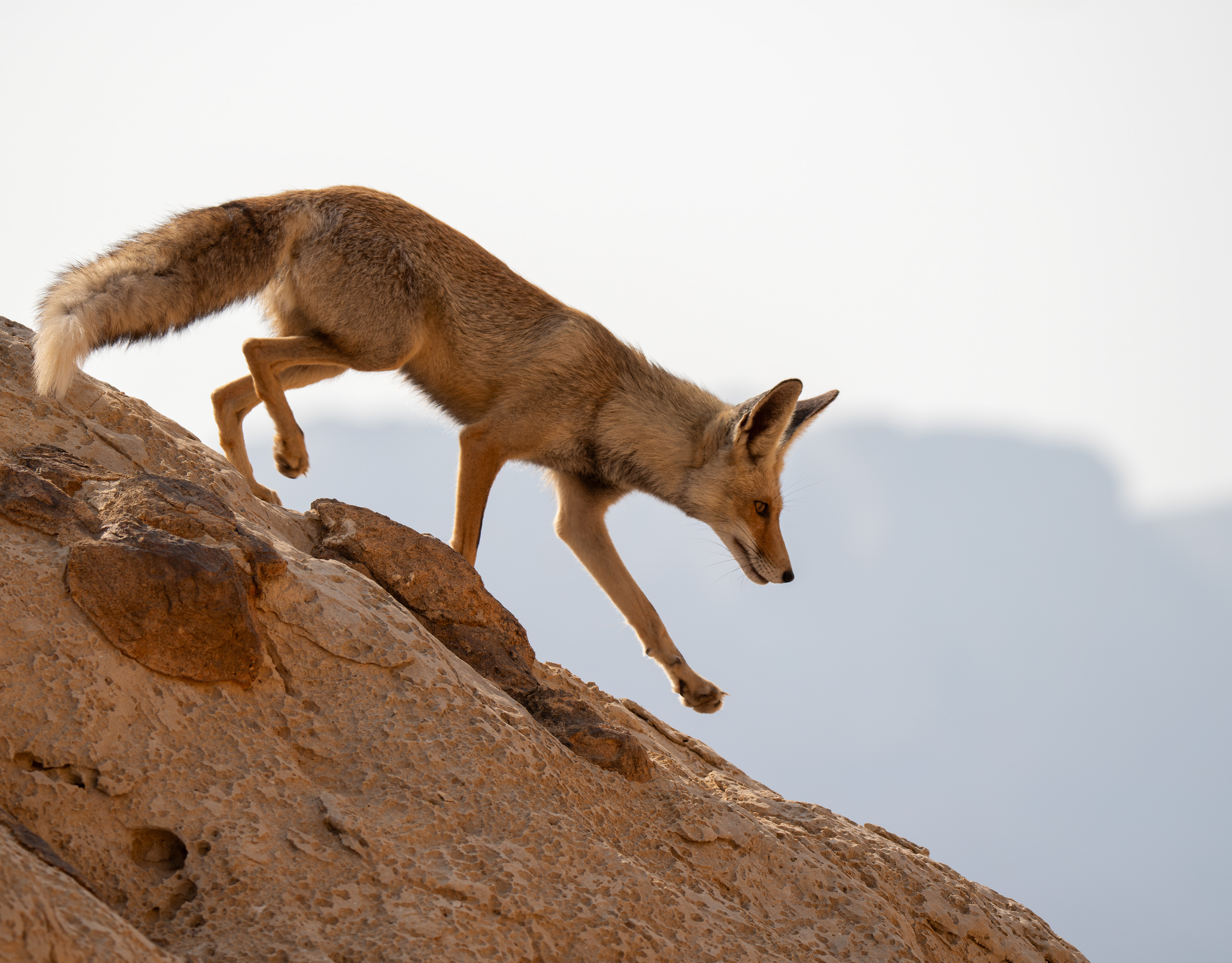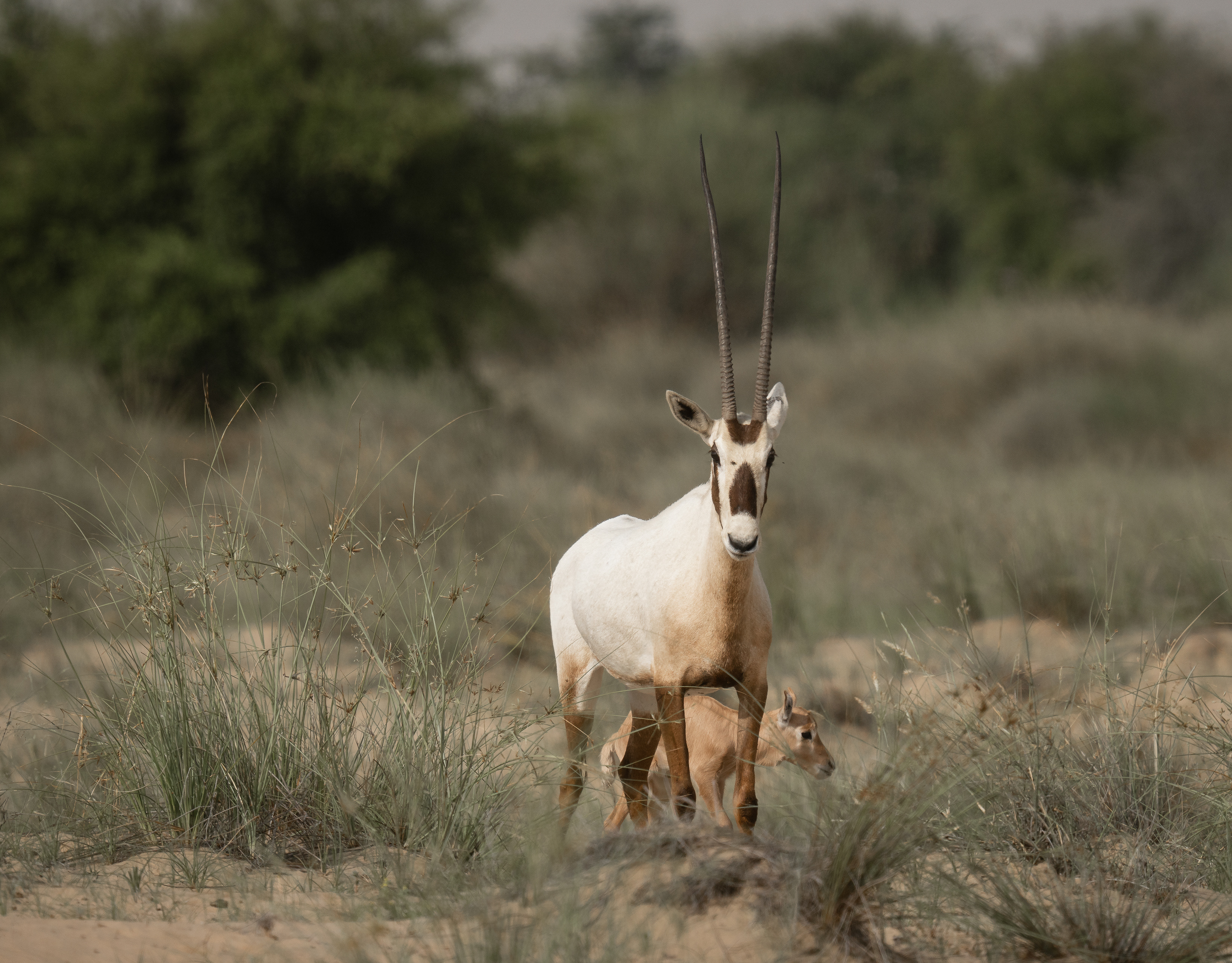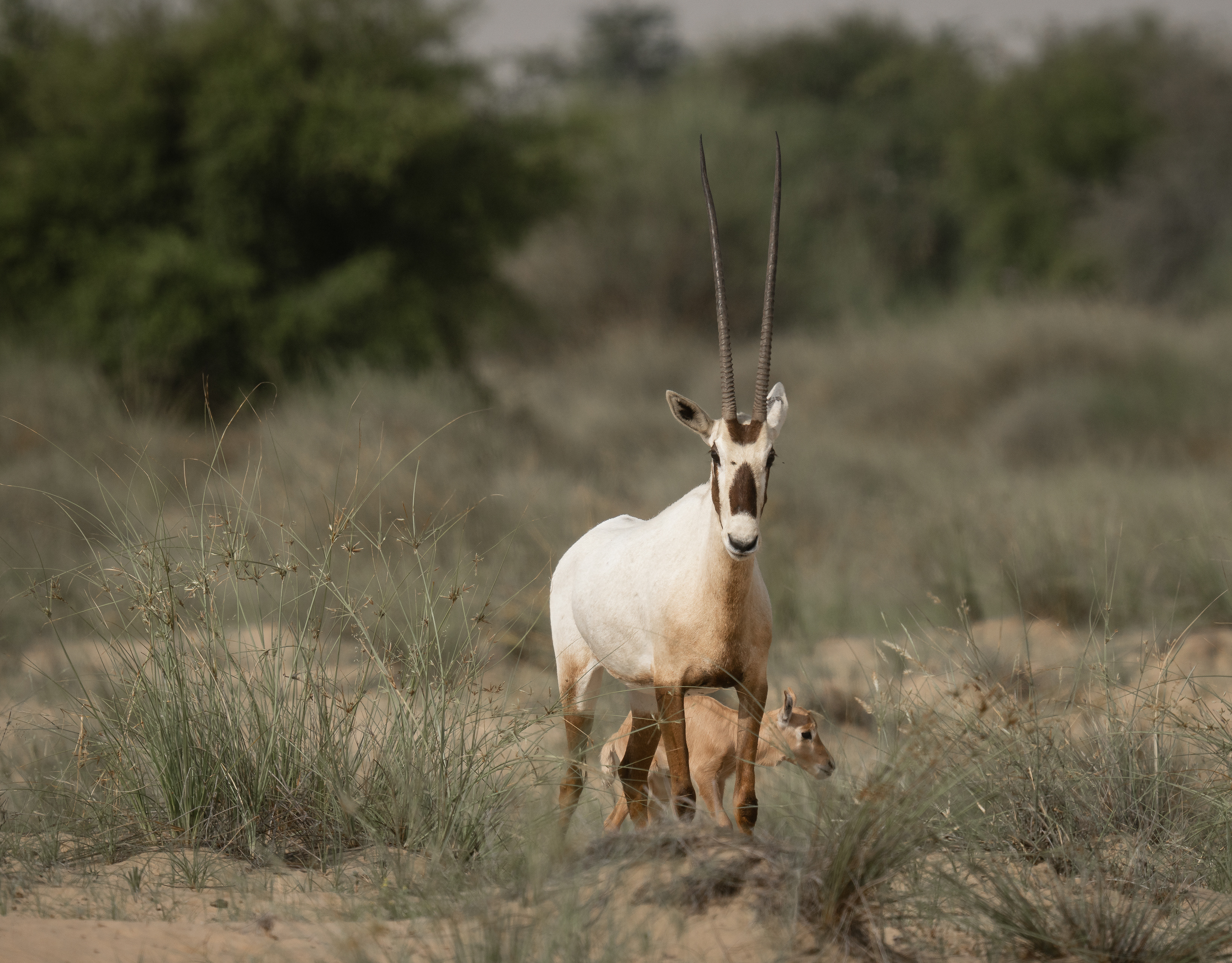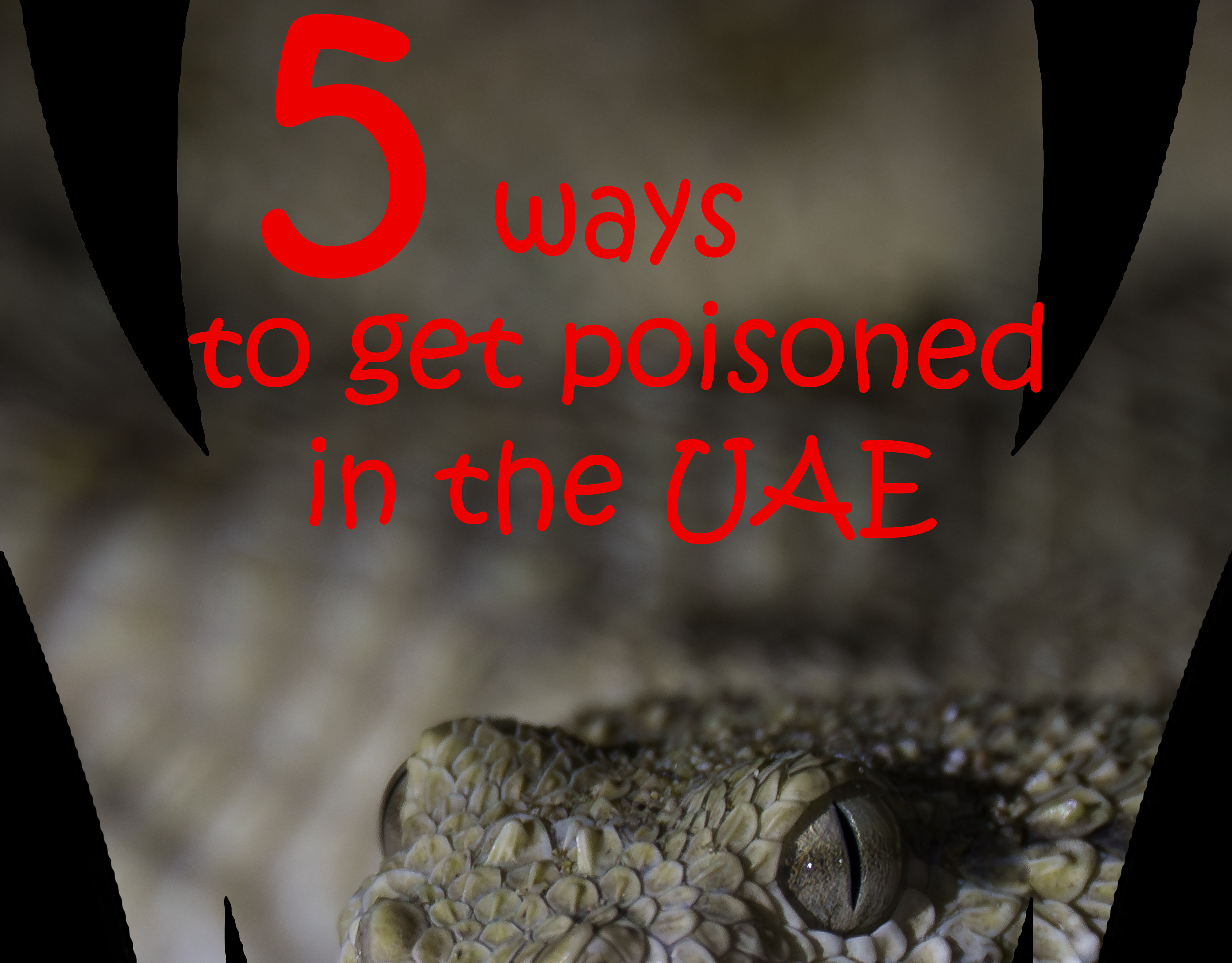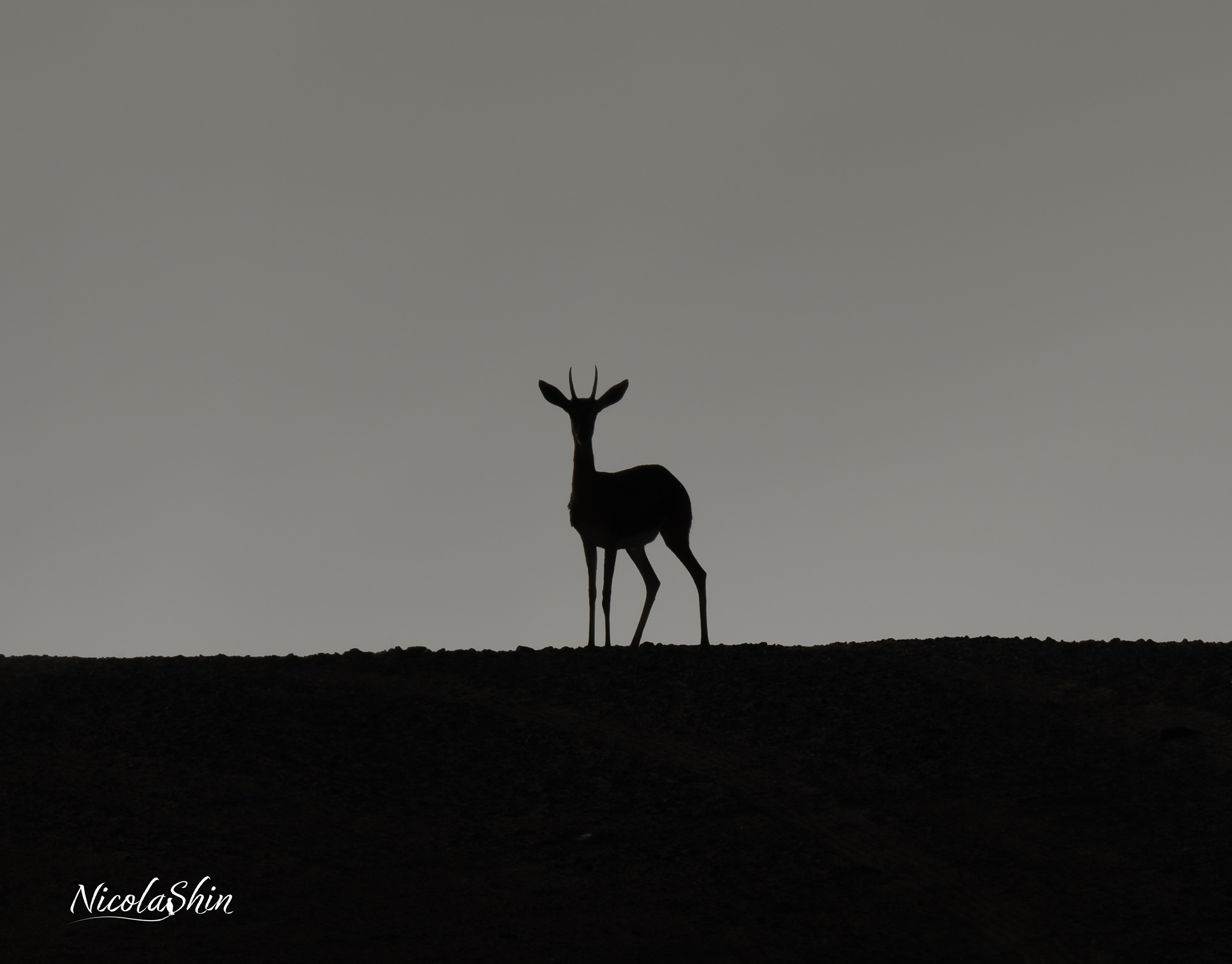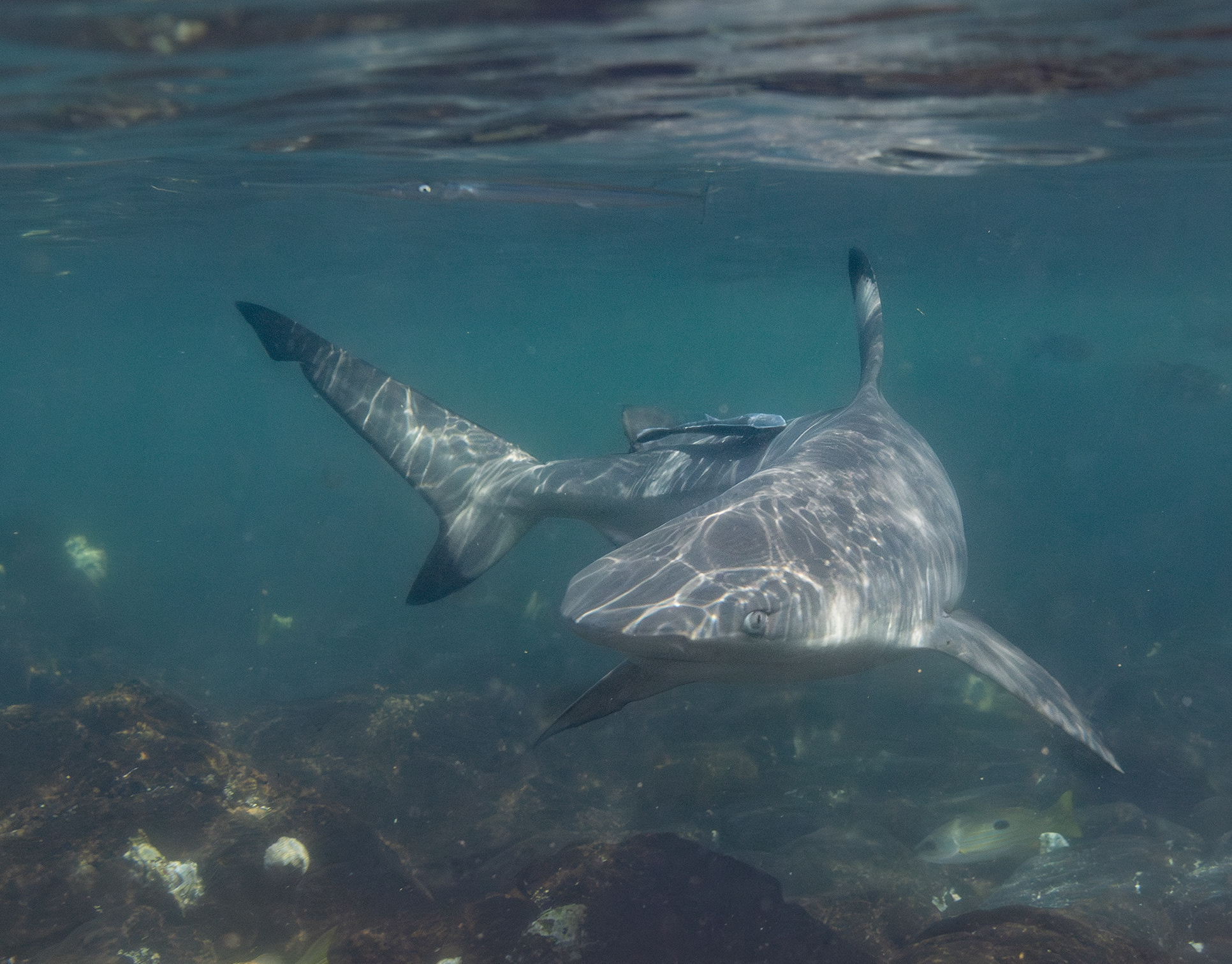August 2024:
The Asian Houbara, Chlamydotis macqueenii, holds profound cultural significance in the United Arab Emirates, deeply woven into the nation's heritage and traditions. For centuries, falconry has been more than just a pastime for the Bedouin tribes; it has been a revered symbol of status and skill. The Houbara, in particular, has long been a prized quarry for falconers, with its capture and training regarded as a testament to one's expertise and bravery.
Falconry and the pursuit of the Houbara have been passed down through generations, becoming a cornerstone of the UAE's cultural identity. This tradition is celebrated in various forms of art, literature, and poetry and continues to thrive today, albeit under strict regulations aimed at conserving the Houbara and protecting other wildlife.
Habitat and Characteristics
The Asian Houbara inhabits open, arid, and sparsely vegetated steppes and semi-desert regions. Its range stretches from the Sinai Peninsula across Kazakhstan to Mongolia, with populations also present in the Middle East, including the UAE. This medium-sized bustard, measuring about 65 cm in length with a wingspan of approximately 140 cm, is distinctive in appearance. It has brown plumage above and white below, with striking black stripes running down the sides of its neck. In flight, its long wings reveal large patches of black and brown on the flight feathers, complemented by a white patch at the base of the primaries.
Primarily found in open desert plains and grasslands, the Houbara is well-adapted to its environment, where it forages for food and remains vigilant against predators. As an omnivore, its diet includes insects, lizards, small mammals, seeds, and vegetation. During the breeding season, males engage in elaborate courtship displays to attract females, involving strutting, inflating their throat pouches, and emitting loud vocalisation behaviour. The Asian Houbara is also known for its partial latitudinal migration (1), a behaviour that distinguishes it from its more sedentary African counterpart.
Ecological Role
The Houbara plays a crucial role in the desert ecosystems of the UAE. As a seed disperser, it helps to maintain plant diversity and combat desertification. By preying on insects and small vertebrates, the Houbara regulates these populations, thereby supporting the overall ecological balance.Moreover, the presence of the Houbara is an essential indicator of the health and resilience of desert environments. A decline in Houbara populations can signal broader ecological issues, such as habitat degradation, pollution, or the introduction of invasive species.
UAE Conservation Programs
The Asian Houbara is currently listed as Vulnerable, with its population significantly declining due to over-exploitation (2) and habitat loss. The global population is estimated to be between 50,000 and 99,999 individuals. In response to these challenges, the UAE has taken a proactive approach to conservation, implementing various programs to protect and restore Houbara populations.
These efforts are led by the International Fund for Houbara Conservation (IFHC), a government-backed organisation dedicated to the conservation of the Houbara and its habitats. Critical initiatives undertaken by the UAE include:
- Captive Breeding Programs: Large-scale breeding centers have been established to raise Houbara in controlled environments and reintroduce them into the wild.
- Habitat Restoration: Efforts are underway to restore and protect suitable habitats for the Houbara, including creating protected areas and implementing sustainable land management practices.
- Anti-Poaching Measures: Strict laws and regulations have been enacted to combat illegal hunting and the trade of Houbara.
- Public Awareness Campaigns: Educational programs are conducted to raise awareness about the importance of the Houbara and the need for its conservation.
Through these comprehensive efforts, the UAE has made significant strides in conserving the Houbara and ensuring its survival for future generations.
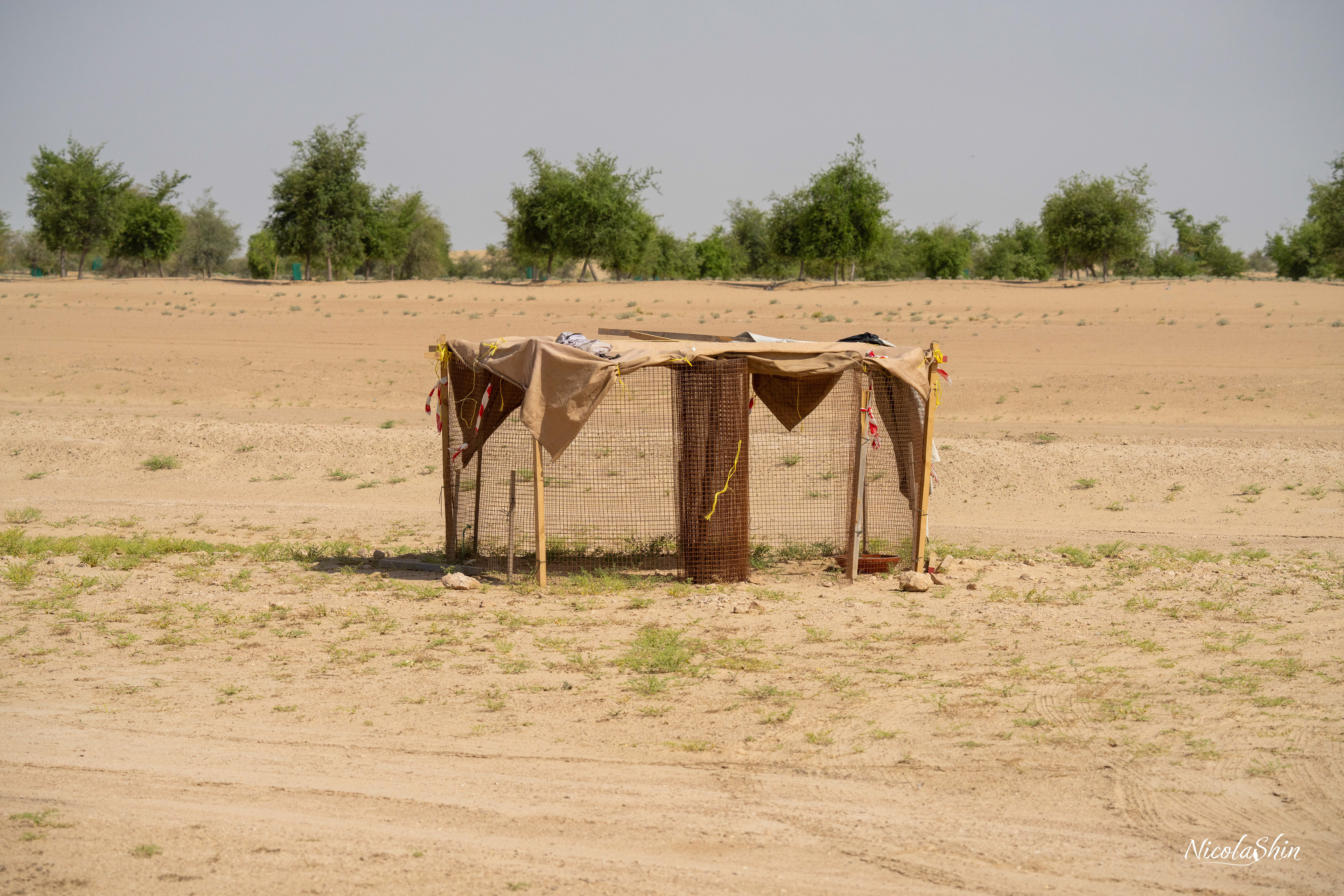
Houbara nest protected in Al Qudra desert
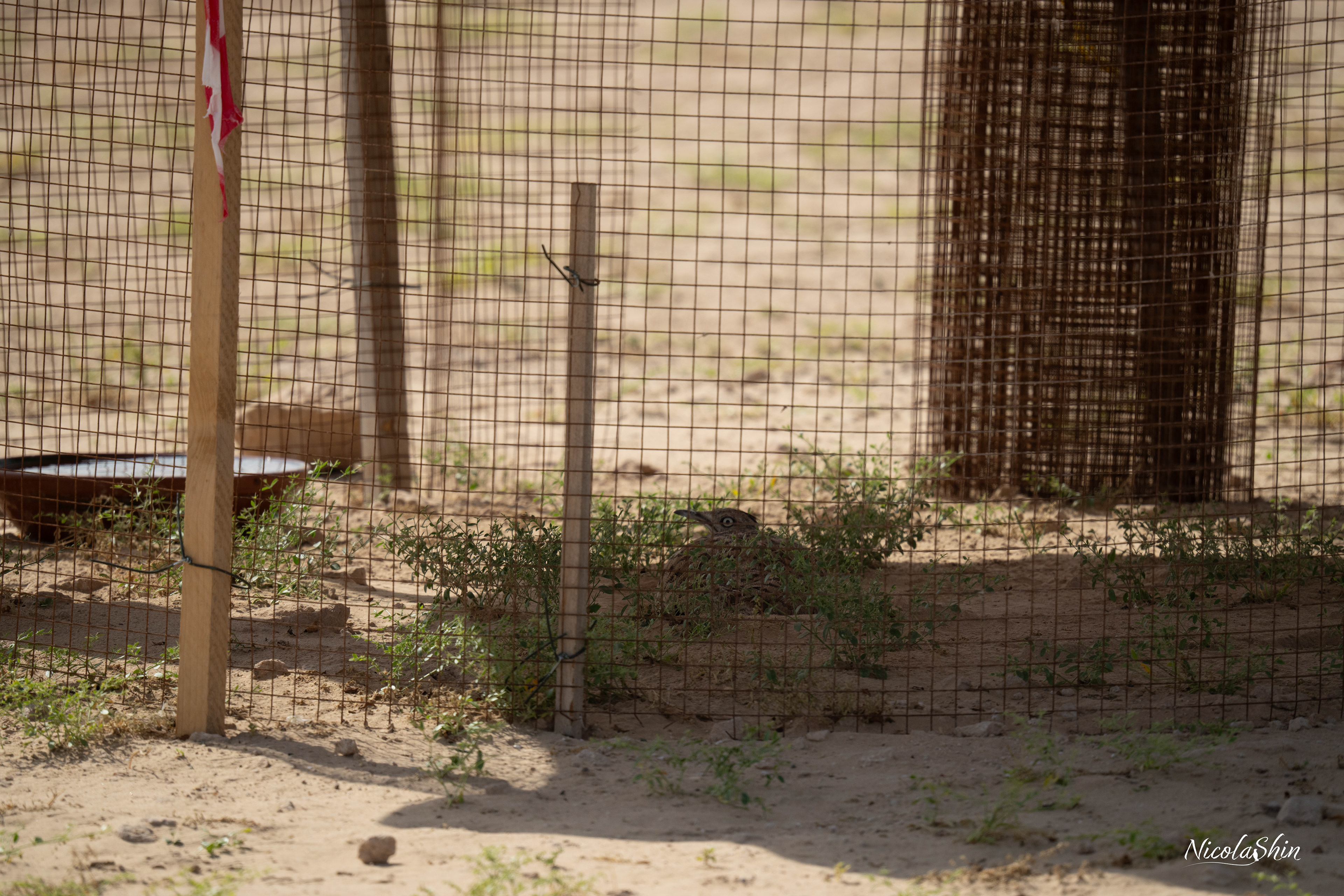
Houbara nest protected in Al Qudra desert
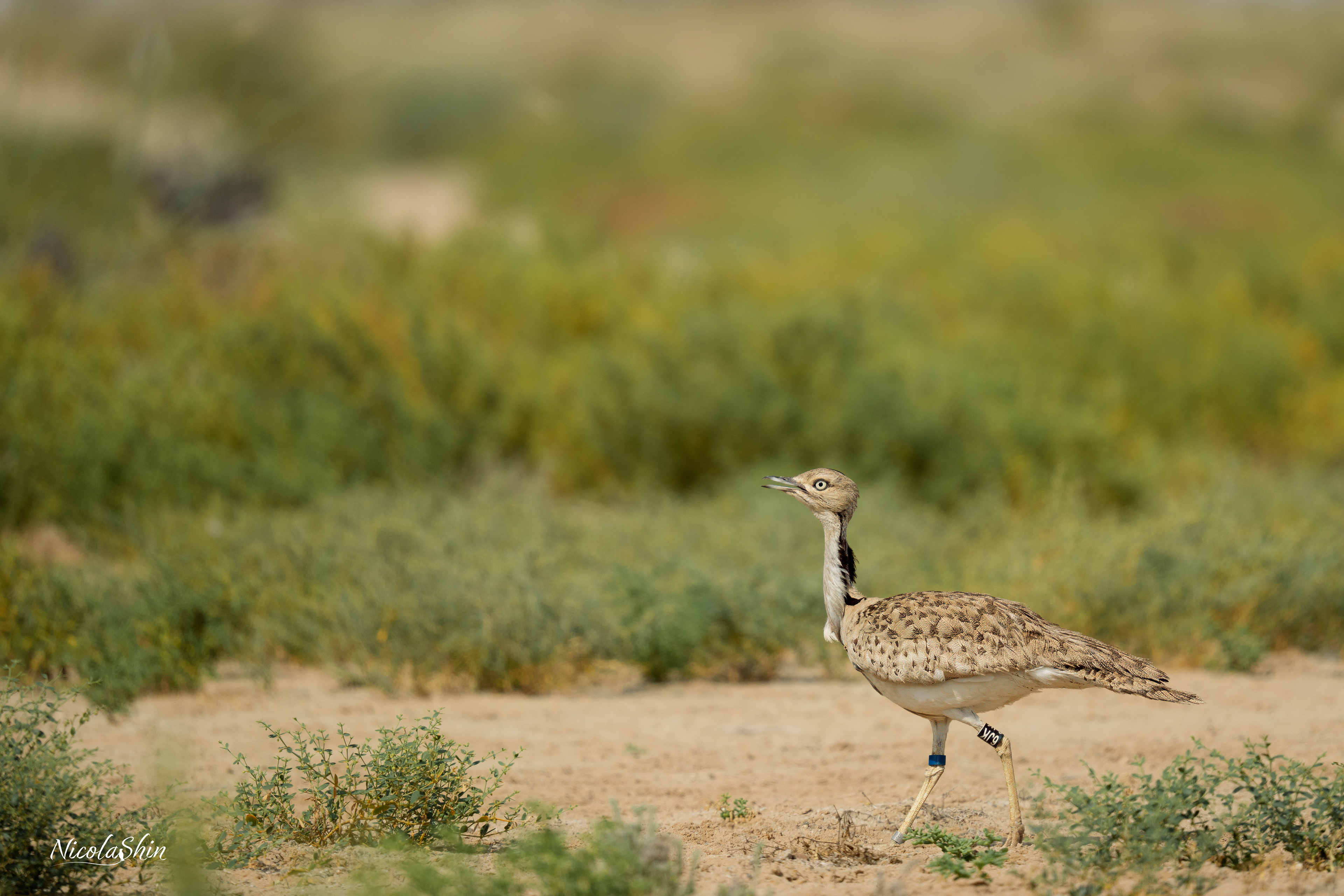
Released Houbara, Al Qudra desert
Where to take photos of the Houbara Bustard near Dubai: I enjoy shooting in Al Qudra. While not common and hard to find you may find some Houbara Bustards if you wander in the desert; you'll also get the opportunity to see amazing fauna too.
References:

